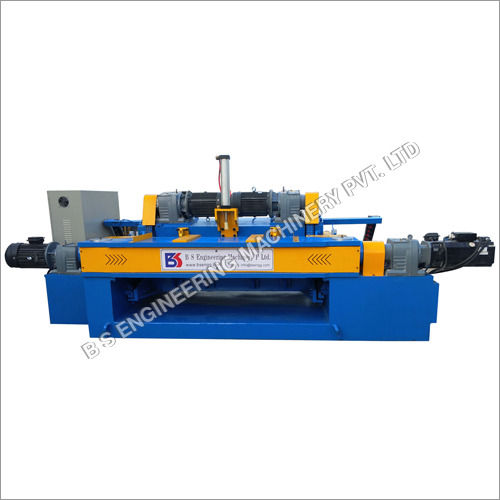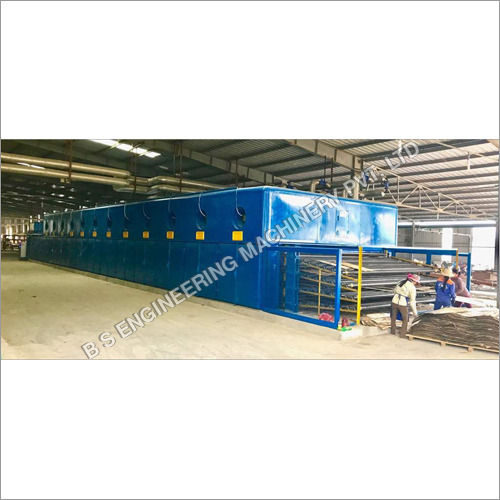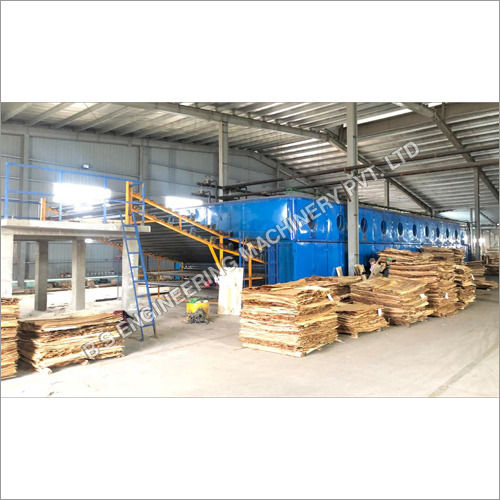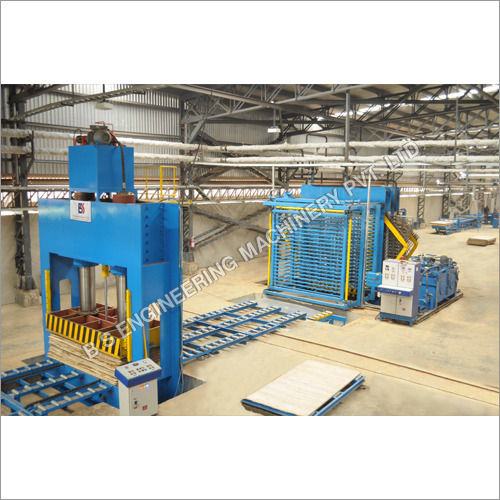Plywood Dryer
Product Details:
- Type Plywood Dryer
- Material Steel
- Computerized No
- Automatic Grade Automatic
- Voltage 220-440 Volt (v)
- Color Blue
- Warranty 1 Year
- Click to View more
X
Plywood Dryer Price and Quantity
- 1 Unit
Plywood Dryer Specification
- Blue
- No
- Plywood Dryer
- Automatic
- 1 Year
- Steel
- 220-440 Volt (v)
Plywood Dryer Trade Information
- 10 Unit Per Month
- 10 Days
Product Description
Setting and dehydrating of wood panels can be done easily using this plywood dryer. The wood board is fed into the feeding slide. It is moved back and forth by the mesh belt in the drying machine. The drying process is carried out by exposing the plywood to clean hot air. The operator can adjust the temperature, humidity and other controls of the plywood dryer. Drying process makes the plywood strong and stiff. If the plywood is left in damp condition, there is high risk of warping.
FAQs of Plywood Dryer
Q: What is a Plywood Dryer?
A: A Plywood Dryer is a machine utilized in the carpentry business to dry plywood boards after the hot squeezing process. It helps eliminate overabundance dampness from the boards, guaranteeing the eventual outcome meets the necessary dampness content guidelines.
Q: How does a Plywood Dryer operate?
A: Plywood Dryers commonly utilize a mix of intensity and wind current to dry the plywood boards. The boards are passed on through the dryer, and warm air is coursed around and through them, speeding up the dissipation of dampness.
Q: Why is drying necessary after the hot pressing process in plywood manufacturing?
A: Drying is vital after the hot squeezing process on the grounds that the boards retain dampness during the holding stage. Accomplishing the ideal dampness content is fundamental for the security, strength, and nature of the plywood.
Q: What types of plywood can be dried using a Plywood Dryer?
A: Plywood Dryers are flexible and can be utilized to dry different kinds of plywood, including hardwood plywood, softwood plywood, and specialty plywood. The drying boundaries might be changed in view of the particular attributes of the plywood being handled.
Q: What are the key features of a Plywood Dryer?
A: Key highlights of a Plywood Dryer incorporate a transport framework for moving the plywood boards through the dryer, warming components or frameworks to give the essential intensity, and controls for changing temperature and wind stream.
Tell us about your requirement

Price:
Quantity
Select Unit
- 50
- 100
- 200
- 250
- 500
- 1000+
Additional detail
Mobile number
Email









 Send Inquiry
Send Inquiry Send SMS
Send SMS